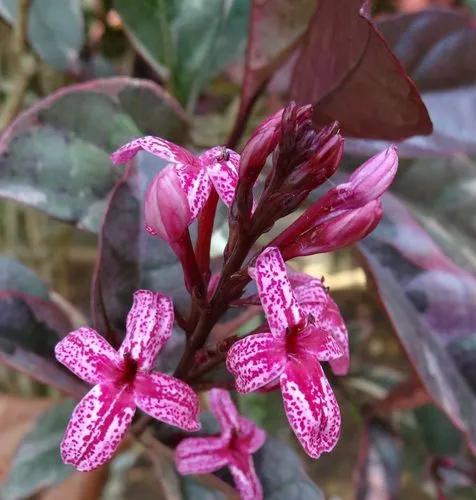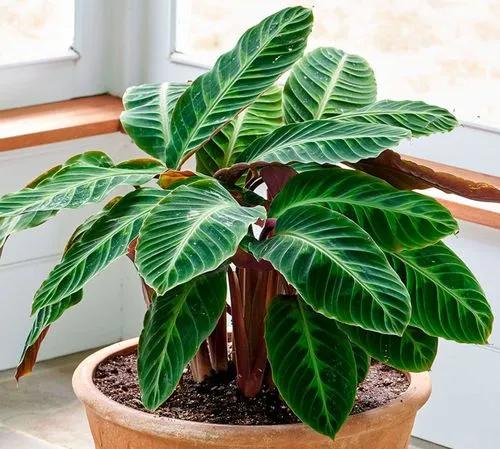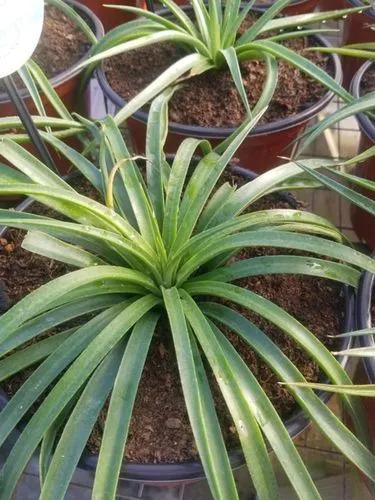Phyllanthus mirabilis is a rare, small, slow-growing tree or shrub of the Phyllanthaceae family, native to Thailand, Myanmar and Laos, which grows in rocky habitats. The plant was first mentioned in 1865 by the famous Swiss botanist Johannes Müller Argoviensis in his book.
Phyllanthus mirabilis Care
Phyllanthus mirabilis



Phyllanthus mirabilis is easily identified by its deep green, oval-shaped leaves with pale pink stripes on the top and pale purple on the underside. In winter, the leaves disappear, leaving only the stem, which grows back in the spring.
Over a period of time, the plant accumulates water in its woody caudex, which allows it to survive droughts and makes it an outstanding member of its genus. The trunk's tail-like shape with twisted branches appears in the greenie's youth and disappears as it ages.
How to Care for the Plant

Water

Water the plant on a daily basis, making sure that the water flows out, and reduce the frequency of watering to once a month during the winter months.

Pruning

Carefully remove diseased and yellowed leaves with disinfected pruning shears to maintain a uniform growth pattern and appearance.

Fertilizer

The plant will take all the nutrients it needs from the soil. There is no need to feed it.

Sunlight

Provide indirect sunlight and avoid overly intense sunshine, as this can affect the appearance of the plant.

Soil

A well-drained, moist cactus mix or a succulent mix with nutrients is the best choice.

Propagation

Choose good seeds, soak them in distilled water for a day, then plant them loosely in well-drained potting soil and keep the pot moist. The plant will take five months to show up if everything is done correctly.

Temperature

The ideal temperature for Phyllanthus mirabilis is 75-78˚F (24-26°C).

Container

Use a ceramic or plastic pot with drainage holes.

Fun fact

As night falls, the leaves of the plant close together, leaning against each other. In the morning, they open like the wings of a butterfly.

Popularity

21 people already have this plant 10 people have added this plant to their wishlists
Discover more plants with the list below
Popular articles






